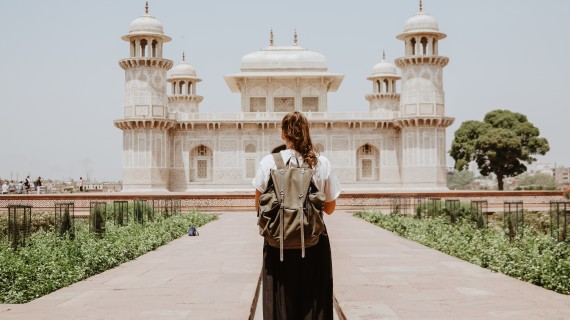What is sustainable travel? Traveling sustainably means being aware of the impact of tourism on the environment and adopting good practices to reduce the negative effects.
Planet Earth has limited resources and mass tourism puts their existence at risk. Therefore, sustainable travel is a way to preserve nature, instead of commodifying it to attract tourists.
What is sustainable travel?
According to the World Tourism Organization (UNWTO), sustainable tourism is defined as:
“Tourism that takes full account of its current and future economic, social and environmental impacts, addressing the needs of visitors, the industry, the environment and host communities.”
The term sustainable travel refers to the adoption of sustainable practices with the aim of minimizing the negative impacts and maximizing the positive effects of tourism.
Sustainable Travel: 8 Best Practices
Let’s find out 8 easy ways to travel eco-friendly:
1. Staying in eco-friendly accommodations
Staying in eco-friendly accommodations reduces the impact of tourism on the environment. From renewable energy production to bio-architecture, eco-friendly lodgings focus on preserving the environment and have positive environmental effects. However, this is not all. Staying in eco-friendly tourism accommodations also supports the local economy. In fact, most environmentally friendly lodgings offer zero-kilometer, organic food.
In this regard, Ecobnb is a platform that allows travelers to find and book sustainable tourism accommodations. Our properties meet at least 5 of the 10 sustainability criteria listed below.

Additionally, engaging with these accommodations often introduces travelers to essential travel vocabulary related to sustainability and eco-friendly practices, enhancing their awareness and ability to make informed choices during their journeys.
2. Making optimal use of environmental resources
Making optimal use of environmental resources preserves natural heritage and biodiversity. The main problem is that the consumption of environmental resources exceeds their ability to regenerate, causing climate change and loss of biodiversity.
In this regard, the ecological footprint is an indicator capable of measuring the environmental impact created by the excessive use of natural resources.
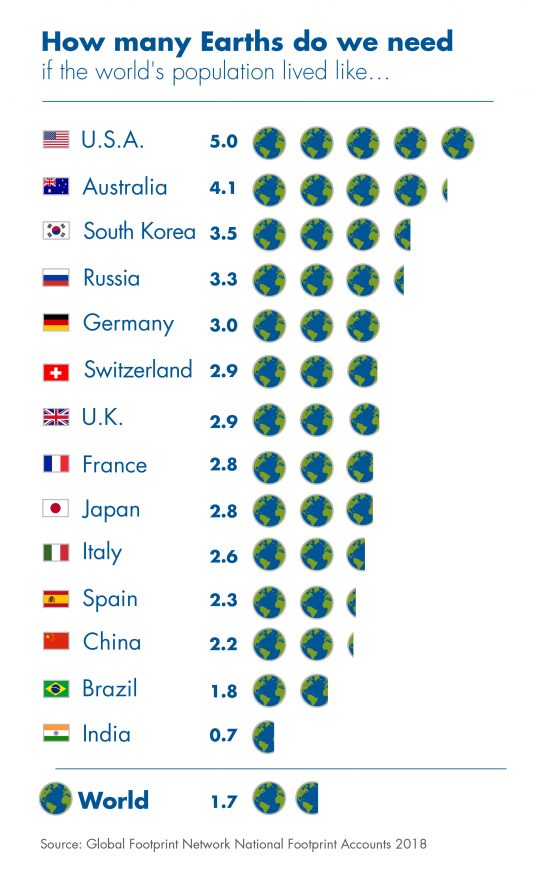
3. Taking public transportation
Taking public transportation reduces air pollution and improves road congestion. By using public transport, the number of cars on the roads decreases and less carbon dioxide is released into the atmosphere. Likewise, fewer vehicles reduce traffic jams on the roads.
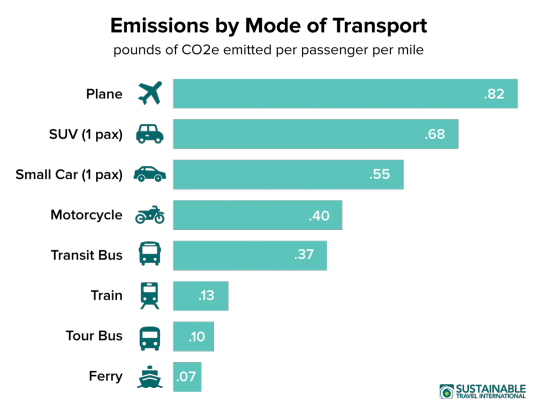
4. Respecting the culture of local communities
Respecting the culture of local communities conserves cultural and artistic heritage. The interaction with locals is one of the most rewarding things of sustainable travel and preserves traditions passed down from generation to generation. It is essential to respect traditions as they form the identity of the local community and create a sense of unity among people.

5. Buying from and supporting local businesses
Buying from and supporting local businesses empowers the local economy. But this is not all. Local products do not involve transportation, require less packaging, and create more jobs.
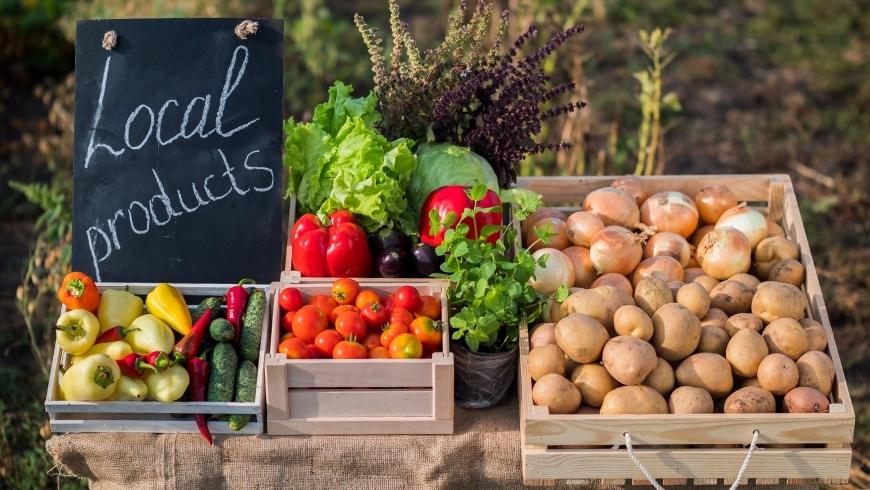
6. Traveling slow
Traveling slow minimizes the impact on the environment and saves money. For instance, choosing the train over other means of transportation both reduces the ecological impact and is a cheaper option. But this is not all. Traveling slow also allows you to enjoy the scenery along the way.
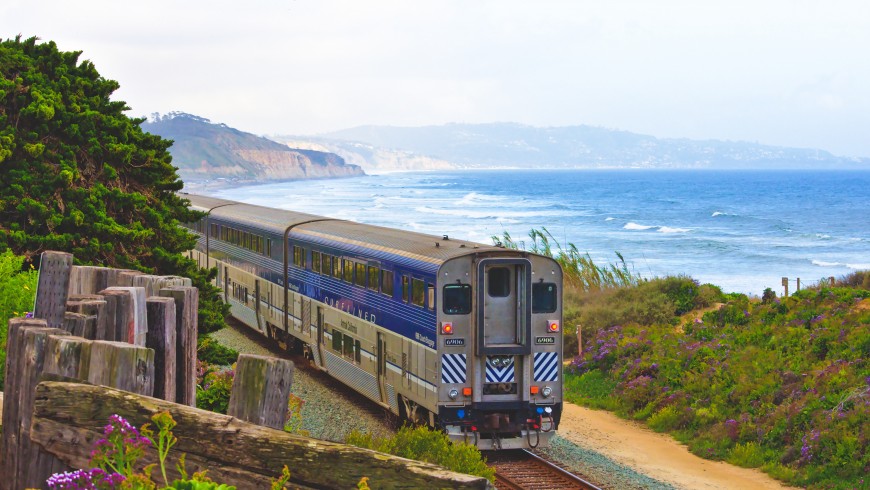
7. Saying NO to single-use plastic
Saying NO to single-use plastic reduces pollution. The production of plastic uses fossil fuels and therefore releases carbon dioxide into the atmosphere, contributing to climate change. In addition, 8 million tons of plastic end up in oceans every year (source: National Geographic) putting marine life at risk.

8. Eating local food
Eating local food ensures freshness and benefits local businesses. In fact, locally produced food does not require transportation, so it is fresh and nutritious. Furthermore, eating local products supports the local economy and contributes to increasing employment and income within a community (tourism multiplier effect).
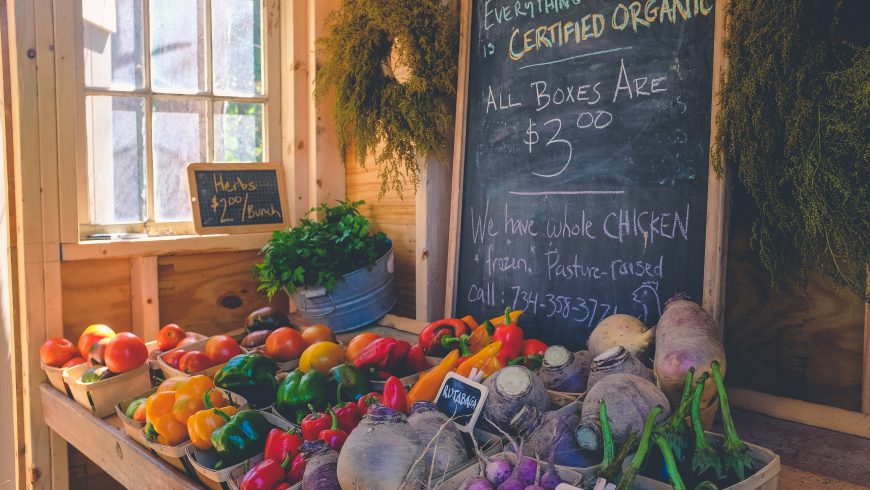
Infographic: what is sustainable travel?
To conclude, the following infographic summarizes the 8 good practices to adopt for your next sustainable travel.
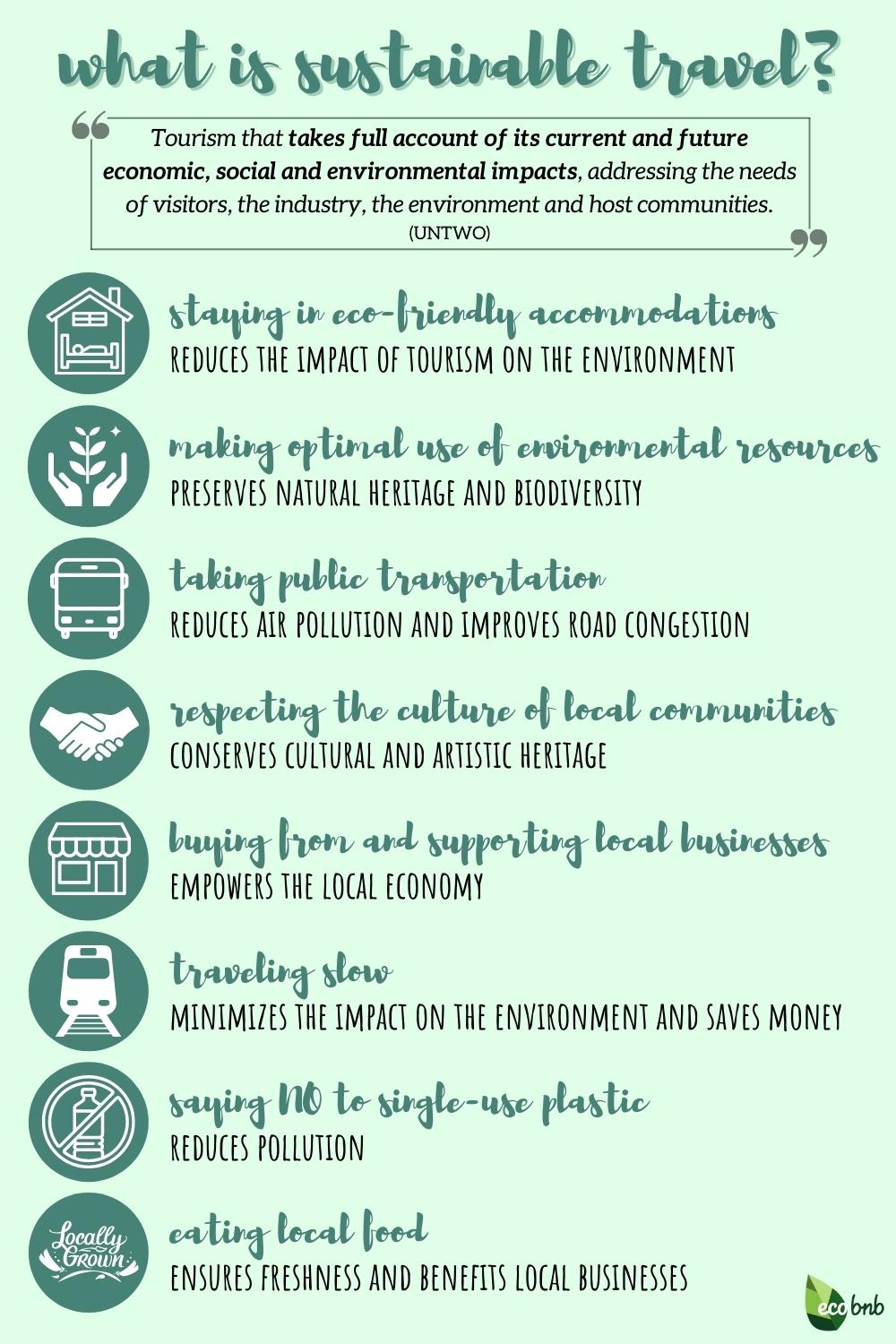
Cover image via Canva Pro




